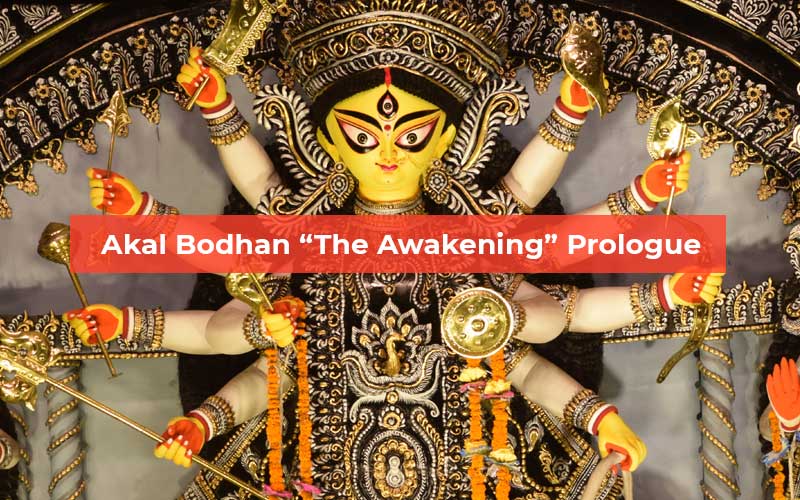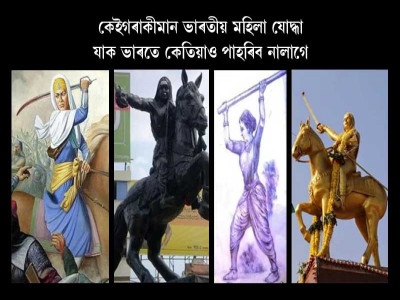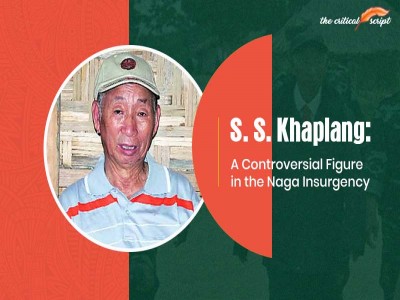
Akal Bodhan “The Awakening” Prologue
Durga Puja traditionally held for 10 days in the
month of Ashwin is an integral
part of Bengali life, culture, and folklore. The coming of Autumn heralds
Durgotsab which is also called Sharodotsab, celebrated with great pomp in the
eastern part of India. Hindus observe two Navratris during a year. As per the
religious scriptures, the Navaratra that falls on the month of March-April
(Hindu calendar month ‘Chaitra’/ চ'ত) during Spring is the actual time to evoke the
Goddess. Though less popular, Basanti Puja is still celebrated among many.
The Sharodotsab is associated with or rather initiated by the mythological story of Lord Rama worshipping Goddess Durga in Autumn, in quest of victory against Ravana in the war. This untimely awakening of Maa Durga is called “Akal Bodhan”. Lord Ram had invoked the Goddess in the month of ‘Ashwin’ (আহিন) by performing her puja six months prior to the time of her actual worship. Akaal Bodhan literally means ‘untimed worship’. Here the worship is carried out at an unusual time, which is different from the customary time for worship, namely Basant (Spring). As per Ramayana, during the battle between Rama and Ravana, Rama sought the blessings of Goddess Durga for his victory. He performed puja to the goddess during the uncustomary time of autumn and hence the puja was known as “Akaal Bodhan.”
In the ‘Ramayana’, Rama went to ‘Lanka’
to rescue his abducted wife, Sita, from the grip of Ravana, the king of Lanka.
Before starting his battle with Ravana, Rama wanted the blessings of Devi
Durga. To please Goddess Durga, it was necessary to worship her with 108 blue
lotuses (Neel kamal). But Rama had got only 107 Neel kamals and he decided to
offer one of his eyes as the 108th one. Goddess Durga, being pleased with his
deep devotion, appeared before him and blessed him. Further, the battle
commenced on ‘Saptami’, and Ravana was finally killed on the ‘Sandhikshan’ i.e.
the crossover period between Ashtami (the next day) and Navami (the day after).
Ravana was cremated on the tenth day of the war. Hence, the worship of Goddess
Durga, marks the victory of good over evil.
The history of the Durga Puja
celebration dates back to the medieval age. It became more popular during the
18th century when the celebrations were held by the zamindars and the rich
aristocrats in Bengal. During this festival, the doors of the rich and
dignified, holding the pujas were opened to all to join the festivities and
feast together. Thus, it became a festival of unity of all classes. Later the
celebration spread beyond the wealthy families to “Barowari” (refers to the
public organizations for some cause, the term was coined as "baro"
means twelve and "yaari" means friendly connection), celebrating the
community pujas.
As goes the folklore, Goddess Durga as
a daughter visits her maternal place on earth, along with her four children
every year. Her four children are Lord Ganesha, Lord Kartikeya, Goddess
Lakshmi, and Goddess Saraswati. On the auspicious day of Mahalaya, the ‘Pitri
Paksha’ ends, and the ‘Devi Paksha’ begins and lasts for the next fifteen days
till ‘Kojagari Purnima’ (Full Moon Day). This is when we celebrate Lakshmi
Puja. Durga Puja coincides with the Navaratri celebration throughout the other
parts of India, where Devi Amba, another form of Durga, is worshipped.
Disclaimer: The opinions expressed in this article are those of the author's. They do not purport to reflect the opinions or views of The Critical Script or its editor.

Newsletter!!!
Subscribe to our weekly Newsletter and stay tuned.

















Related Comments